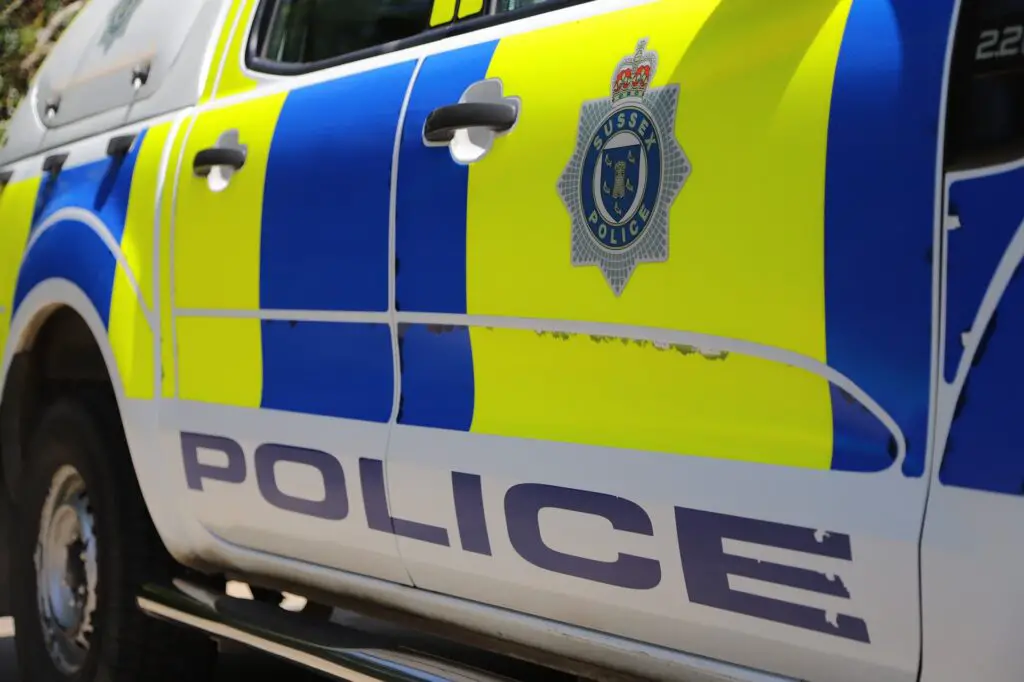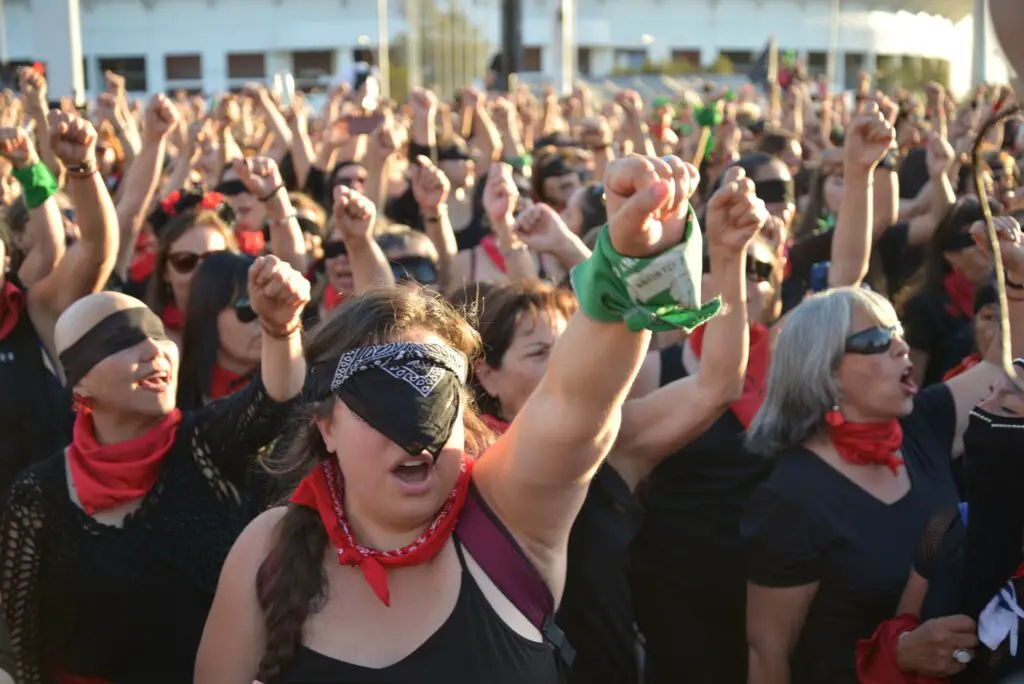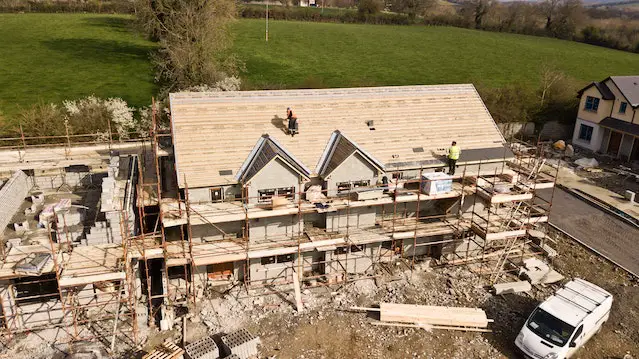Anti-social behaviour is a pervasive issue that affects communities around the world, and the United Kingdom is no exception. From noise disturbances to vandalism and harassment, these behaviours can disrupt the harmony and well-being of neighbourhoods, public spaces, and individuals’ lives. Navigating the classification of behaviours as anti-social can be confusing. To provide clarity, I have curated a convenient table featuring anti-social behaviour examples that are categorised.
This resource aims to assist individuals in understanding and identifying various forms of anti-social behaviour.
In this blog post, I delve into the realm of anti-social behaviour examples in the UK, providing a comprehensive list of 60 examples that encompass different categories.
Understanding the various forms of anti-social behaviour is crucial in addressing and finding effective solutions to promote safer and more cohesive communities.
The table I have made includes examples from several key categories, each representing distinct forms of anti-social behaviour. These categories include:
- Noise disturbances
- Vandalism
- Environmental offences
- Harassment
- Nuisance behaviours
- Intimidation
- Public order violations
- Verbal abuse, substance abuse
- Anti-social driving
- Animal-related issues
- Neighbourhood disputes
By examining the anti-social behaviours in the categories, we gain a deeper understanding of the wide range of behaviours that fall under the umbrella of anti-social conduct.
So whether you’re a concerned citizen, a community leader, or an authority figure, this blog post aims to equip you with valuable knowledge and insights into the different categories of anti-social behaviours prevalent in the UK.

What is Anti-Social Behaviour?
Anti-social behaviour includes disruptive actions that harm individuals or communities, such as noise disturbances, vandalism, harassment, or public disorder. It refers to behaviour that disregards social norms and causes discomfort, fear, or distress to others, impacting the overall well-being and quality of life in a given community.
So, let’s dive into the categories and anti-social behaviour examples.
Anti-Social Behaviour Examples:
| Category | Anti-social Behaviour Examples |
|---|---|
| Noise | Playing loud music late at night |
| Excessive use of power tools during unsociable hours | |
| Shouting and arguing in public | |
| Revving car engines excessively | |
| Honking car horns unnecessarily | |
| Vandalism | Graffiti on public or private property |
| Damaging or destroying public facilities | |
| Keying cars or scratching surfaces | |
| Breaking windows or damaging doors | |
| Defacing posters or advertisements | |
| Environmental | Littering and improper waste disposal |
| Dumping rubbish in public areas | |
| Fly-tipping or illegal dumping | |
| Not cleaning up after pets in public spaces | |
| Intentionally damaging green spaces or gardens | |
| Harassment | Stalking or following someone persistently |
| Sending threatening or abusive messages | |
| Persistent unwanted phone calls or messages | |
| Cyberbullying or online harassment | |
| Spreading rumours or engaging in gossip | |
| Nuisance | Excessive partying and disturbance |
| Frequent and excessive use of fireworks | |
| Blocking driveways or access points | |
| Leaving abandoned or untidy vehicles | |
| Constantly blocking public pathways | |
| Intimidation | Making intimidating gestures or threats |
| Loitering or gathering in an intimidating manner | |
| Gang-related behaviour or presence | |
| Aggressive behaviour towards others | |
| Harassing individuals based on their appearance or background | |
| Public Order | Public drunkenness and disorderly conduct |
| Engaging in fights or brawls in public | |
| Inciting violence or participating in riots | |
| Refusing to comply with lawful orders or instructions | |
| Demonstrating disruptive behaviour at public events | |
| Verbal Abuse | Shouting offensive language or slurs |
| Verbal threats or intimidation | |
| Insulting or belittling others | |
| Using offensive or discriminatory language | |
| Racial or religious abuse | |
| Substance Abuse | Public drug use or dealing |
| Intoxication in public places | |
| Discarding drug paraphernalia in public | |
| Encouraging or facilitating substance abuse | |
| Selling or distributing illicit substances | |
| Anti-Social Driving | Speeding or reckless driving |
| Excessive honking or aggressive driving | |
| Ignoring traffic rules and signals | |
| Tailgating or dangerous overtaking | |
| Driving under the influence of alcohol or drugs | |
| Animal-Related | Failing to control a dangerous or aggressive dog |
| Animal cruelty or neglect | |
| Allowing pets to foul public areas | |
| Unleashed dogs in areas where it is prohibited | |
| Disturbing wildlife or ecosystems | |
| Neighbourhood Disputes | Excessive disputes over boundaries or noise levels |
| Accusing neighbours falsely or making unfounded complaints | |
| Refusing to cooperate with shared maintenance responsibilities | |
| Unauthorised use of shared facilities or spaces | |
| Invasion of privacy or spying |
I often receive enquiries regarding the classification of specific behaviours as anti-social behaviour. I hope that this table helps clarify what is classified as anti-social behaviour in the UK.
Here’s a Quick Pro Tip!
Engaging in a conflict with your neighbour can be quite unpleasant, and such situations often seem to extend indefinitely.
However, discovering your neighbour in the act of committing anti-social behaviour can serve as irrefutable evidence to secure victory in your dispute.
To effectively address such circumstances, it is advisable to equip yourself with a reliable security system like the Ring Video Doorbell or Outdoor Security Cameras, both readily available on Amazon. This proactive measure proves to be a prudent choice in this scenario since visual evidence possesses the power to convey volumes of information beyond mere words.
Who To Contact If You Witness Anti-Social Behaviour?
If you witness or experience anti-social behaviour in the UK, it is important to report it to the appropriate authorities.
Here are some key contacts you can reach out to:
- Police: In an emergency, such as someone breaking a window or you getting stalked and feeling in danger, then call 999.
- Local Police: In non-emergency situations, you can contact your local police force by calling the non-emergency number. They can provide guidance and take appropriate action to address the anti-social behaviour.
- Anti-Social Behaviour Team: Many local authorities have dedicated teams responsible for tackling anti-social behaviour. Contact your local council to find out if they have an anti-social behaviour team or department. They can provide advice, support, and investigate reported incidents.
- Community Safety Partnership: Community Safety Partnerships (CSPs) are local multi-agency groups that work together to address crime and anti-social behaviour. They often involve the police, local authorities, housing associations, and other relevant organizations. Contact your local CSP for assistance and guidance.
- Housing Association or Landlord: If anti-social behaviour is occurring within a residential property, especially if you are a tenant, you should inform your housing association or landlord. They have a responsibility to address such issues and ensure a safe living environment for their tenants.
- Crimestoppers: Crimestoppers is an independent charity that allows you to report information about crimes anonymously. If you wish to report anti-social behaviour discreetly, you can contact Crimestoppers through their website or by calling their anonymous hotline.

Remember, it is important to provide as much detail as possible when reporting anti-social behaviour, including specific incidents, dates, times, and descriptions of individuals involved. This information will assist the authorities in taking appropriate action.
In emergencies or if you feel threatened or in immediate danger, always dial the emergency services hotline (999 in the UK) for immediate assistance.
Each local area may have slight variations in reporting procedures for anti-social behaviour, so it is recommended to check your local council’s website or contact their helpline for specific guidance on reporting anti-social behaviour in your area.
The following might be of interest:
- The Dos And Don’ts Of Involving The Police In A Neighbour Dispute
- Sleep Meditation: Your Secret Weapon To Deal With Noisy Neighbours
- Contact Environmental Health About Neighbours: Act Now
- How To Complain About A Neighbour To The Council
- How To Get An Injunction Against A Neighbour UK
What Are The Impacts Of This Behaviour?
The impacts of anti-social behaviour in the UK can be far-reaching and detrimental.
Here are some key impacts:
- Decreased Quality of Life: Anti-social behaviour creates an atmosphere of fear, distress, and discomfort, diminishing the overall quality of life for individuals and communities.
- Emotional and Psychological Impact: Victims of anti-social behaviour may experience increased stress, anxiety, and fear for their safety, affecting their mental well-being.
- Damage to Property and Infrastructure: Vandalism and property damage associated with anti-social behaviour result in financial losses and a decline in the aesthetics and functionality of public and private spaces.
- Community Divisions and Isolation: Anti-social behaviour can create rifts within communities, leading to social divisions and isolating individuals who feel unsafe or marginalised.
- Fear of Crime: Anti-social behaviour contributes to an atmosphere of insecurity, heightening the fear of crime and reducing public trust in the safety of their surroundings.
- Health and Well-being Consequences: The stress and anxiety caused by anti-social behaviour can have adverse effects on physical health, sleep patterns, and overall well-being.
- Negative Educational Environment: Anti-social behaviour in and around educational institutions disrupts learning environments, affecting students’ concentration, attendance, and academic performance.
- Impact on Business and Tourism: Areas plagued by anti-social behaviour may experience a decline in business activity and tourism as the negative reputation deters customers and visitors.
- Strain on Public Resources: Addressing and managing anti-social behaviour requires significant resources from the police, local councils, and support services, diverting attention from other community needs.
- Erosion of Social Cohesion: Anti-social behaviour erodes trust, empathy, and community bonds, undermining the sense of unity and cooperation necessary for a thriving society.
It is important to address and mitigate the impacts of anti-social behaviour to foster safer, more inclusive communities that promote well-being and a positive social environment.
You can play your part by reporting any anti-social behaviour to the relevant authorities.

Conclusion
Addressing anti-social behaviours is essential for the well-being and cohesiveness of communities in the UK. Throughout this blog post, we have examined 60 examples of anti-social behaviours, categorised them, and highlighted their impact on society.
By understanding the diverse manifestations of these behaviours, we can take proactive steps towards creating safer and more harmonious environments.
It is important to remember that combating anti-social behaviour requires a multi-faceted approach involving individuals, communities, and authorities.
By promoting awareness and education, fostering dialogue, and implementing appropriate measures, we can create an environment where anti-social behaviours are actively discouraged and positive social norms are upheld.
As individuals, we can play our part by cultivating a culture of respect, empathy, and responsibility. By being mindful of our actions and treating others with dignity, we contribute to a positive social atmosphere and reduce the likelihood of anti-social behaviours arising.





Leave a Reply